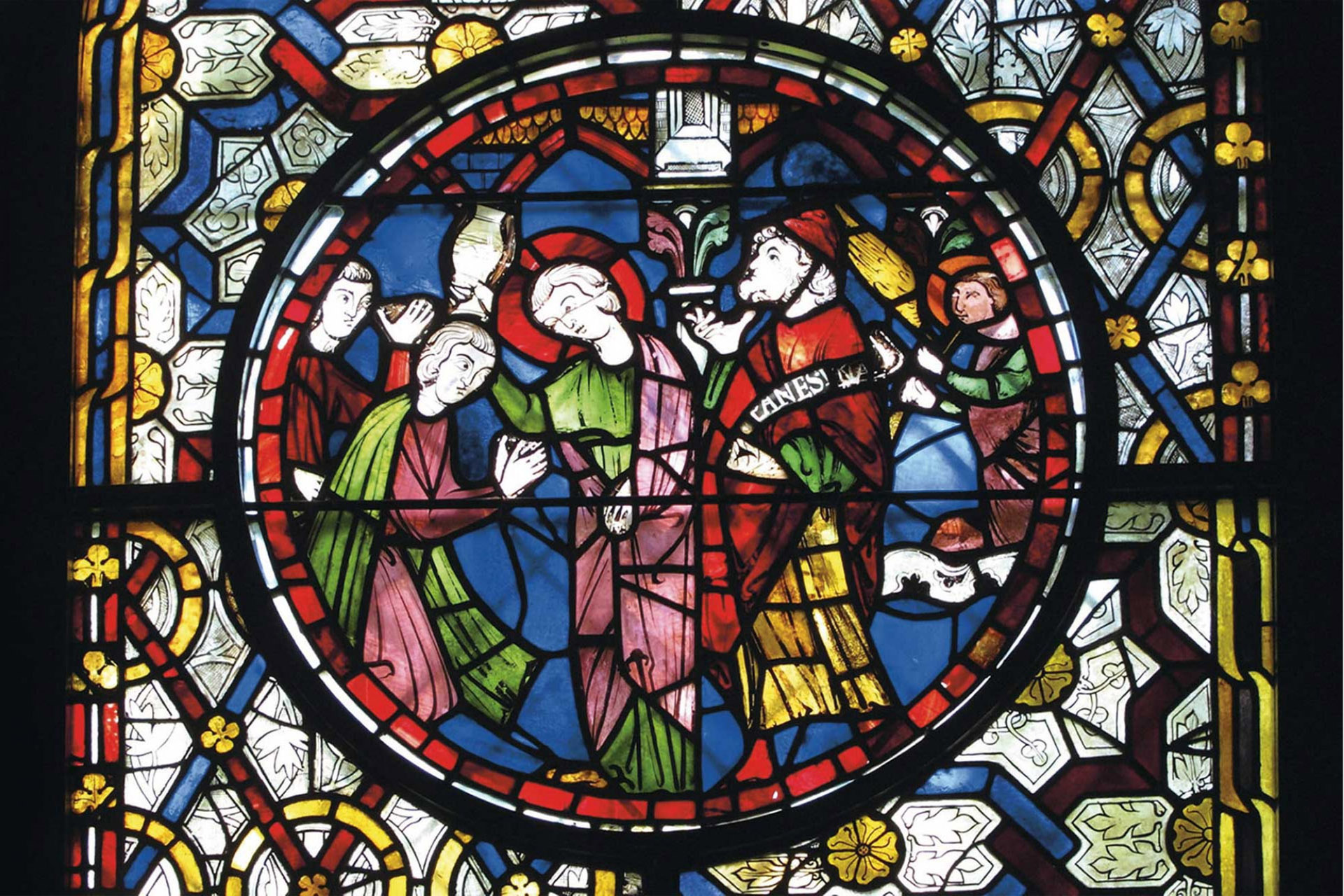At the latest meeting of the Early Modern Research Group, Maryam Ala-Amjadi, presented her research into cultural exchanges between Persian and European travelers in the C17th.
In particular, she talked about the travelogue of a nameless female writer (known as ‘The Widow of Mirzah Khalil’) who wrote of her experiences on the Hajj. As Persian female travelogues are extremely rare, however, Maryam’s work also includes those written by male travellers, including Mohammad Ali Hazin Lahiji (a late Safavid poet and traveler) who traveled widely within Iran, also going to Mecca and then went to India. He wrote his autobiography and travel account in poetic prose, interspersed with verse and emigrated to India in 1734. She also discussed the work of Abdollah Beheshti Heravi , author of ‘Noor al-Mashreghayn’ (The Light of Two Easts) who travelled to India, and also went on the Hajj, and also wrote his travel narrative in verse. European travellers who recorded their experiences of Persia included Jean Chardin, Thomas Herbert and Pietro dell Valle. The differences between Persian and European travellers’ motivations for their for travel and the way they expressed their experiences form a key part of Maryam’s work and her explanations brought a fascinating new angle to the topic of travel writing and cultural exchange in the C17th.
Frontispiece from The Travels of Sr John Chardin into Persia and the East Indies… – available on EEBO. I strongly recommend anyone who is even remotely interested in this topic to look this up, as it has wonderful descriptions and many lovely illustrations.
The image below illustrates Safavid women as depicted in the travel account of French missionary and painter Père S. N. Sanson, who travelled to Persia in 1683
The Early Modern Research Group will have two further meetings next term – the first one on the 15th of May.
– Rebecca Warren, MEMS
